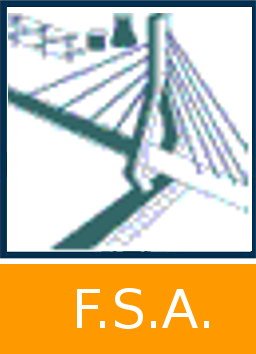Study, development and tests of two methods to determine the degree of linear polarization of auroral light
Jottrand, Félix 
Promoteur(s) :
Loicq, Jerôme 
Date de soutenance : 7-sep-2020/9-sep-2020 • URL permanente : http://hdl.handle.net/2268.2/10180
Détails
| Titre : | Study, development and tests of two methods to determine the degree of linear polarization of auroral light |
| Titre traduit : | [fr] Etude, développement et tests de deux méthodes pour déterminer le degré de polarisation linéaire des lumières aurorales |
| Auteur : | Jottrand, Félix 
|
| Date de soutenance : | 7-sep-2020/9-sep-2020 |
| Promoteur(s) : | Loicq, Jerôme 
|
| Membre(s) du jury : | Lamy, Hervé
Grodent, Denis 
Blain, Pascal 
|
| Langue : | Anglais |
| Discipline(s) : | Ingénierie, informatique & technologie > Ingénierie aérospatiale |
| Institution(s) : | Université de Liège, Liège, Belgique |
| Diplôme : | Master en ingénieur civil en aérospatiale, à finalité spécialisée en "aerospace engineering" |
| Faculté : | Mémoires de la Faculté des Sciences appliquées |
Résumé
[en] This master thesis presents two instruments to determine the degree of linear polarization of au-roral light using Stokes parameters. Both instrumentation will focus on the three brightest linesof the visible spectrum:λ=427.8 nm,λ=577.7 nm andλ=630.0 nm. The first method uses atelescope to collect the light and a spectropolarimeter to disperse it. Optical devices are added tomanipulate the light and alter polarization before the spectropolarimeter. It has faced significantlow flux reception during previous missions that prevented to obtain accurate results. For that rea-son, a complete radiometric budget followed by a modelisation in CODE V of the light path wererealised to first quantify and then minimize these losses, mainly located at the exit of the telescopeand at the matcher of the spectropolarimeter. The outputs of this study allowed to increase thesignal-to-noise ratio of the detector. The second instrument directly selects the wavelength thanksto a set of two acousto-optic tunable filters, which replaces the function of the telescope and thespectropolarimeter. Experimental tests using laboratory lasers were run to calibrate and evaluatethe response of the instrument in frequency for each wavelength. This instrument has been usedin an auroral observation ground mission in Norway, which showed the good functioning of theinstrument. Unfortunately, the auroral light emission was poor in intensity and the results werenot enough convincing. As both instrumentation use different ways to diffract light, a comparisonof the two methods can be considered. Finally, an adaptation for more extreme conditions, suchas low temperature and pressure is presented at the end of this report.
Fichier(s)
Document(s)

 Erratum_TFE_Felix_JOTTRAND.pdf
Erratum_TFE_Felix_JOTTRAND.pdf
Description: -
Taille: 92.04 kB
Format: Adobe PDF
Annexe(s)

 Abstract_Felix_JOTTRAND.pdf
Abstract_Felix_JOTTRAND.pdf
Description: -
Taille: 87.08 kB
Format: Adobe PDF
Citer ce mémoire
L'Université de Liège ne garantit pas la qualité scientifique de ces travaux d'étudiants ni l'exactitude de l'ensemble des informations qu'ils contiennent.


 Master Thesis Online
Master Thesis Online




